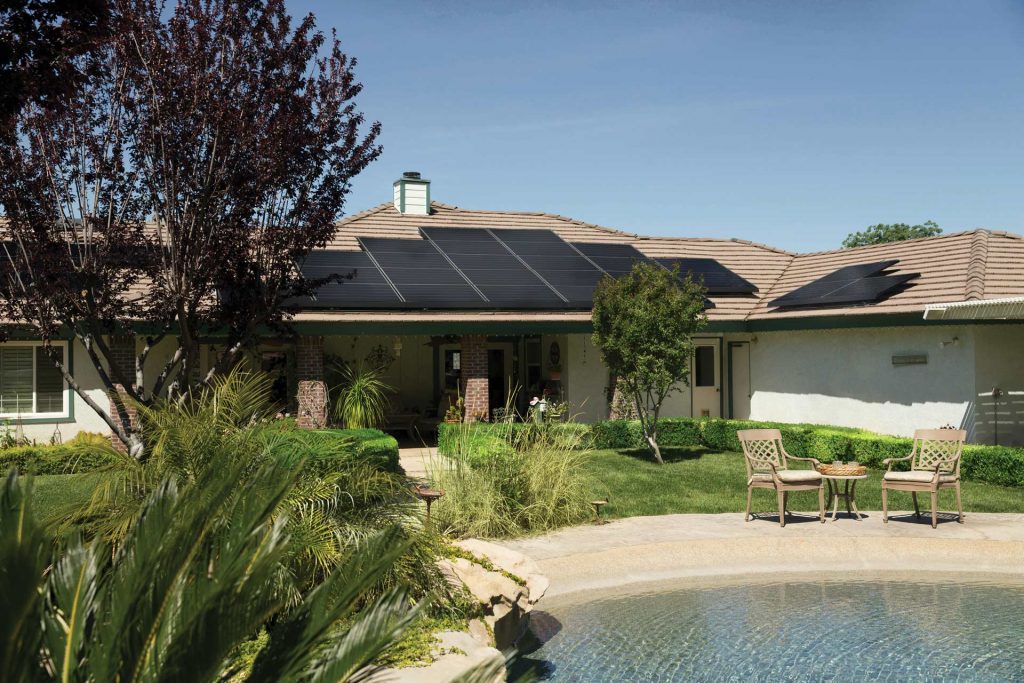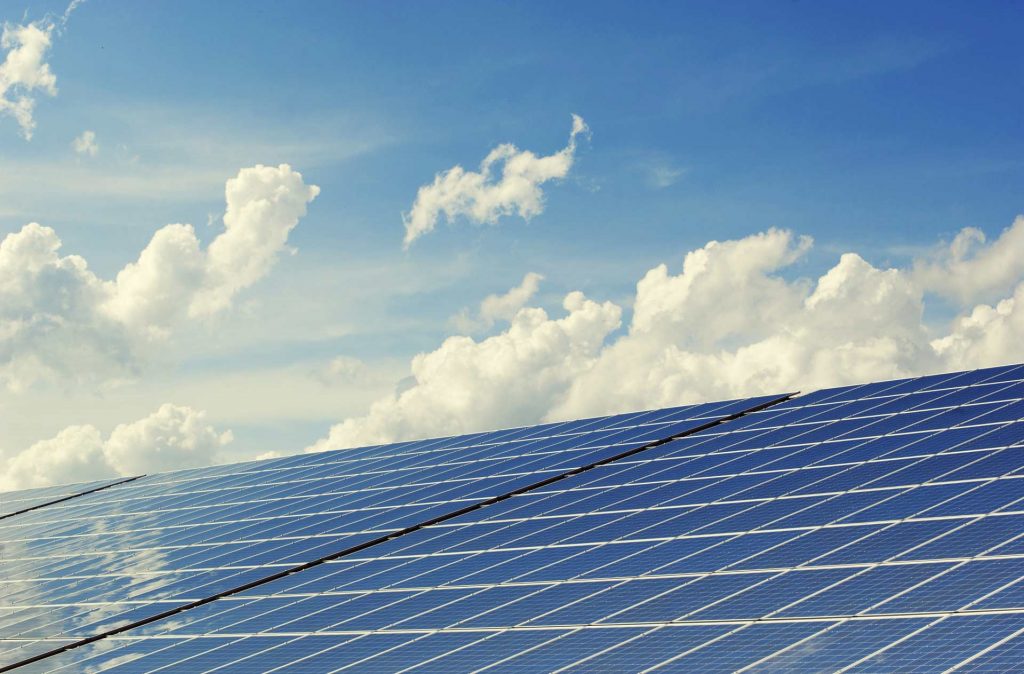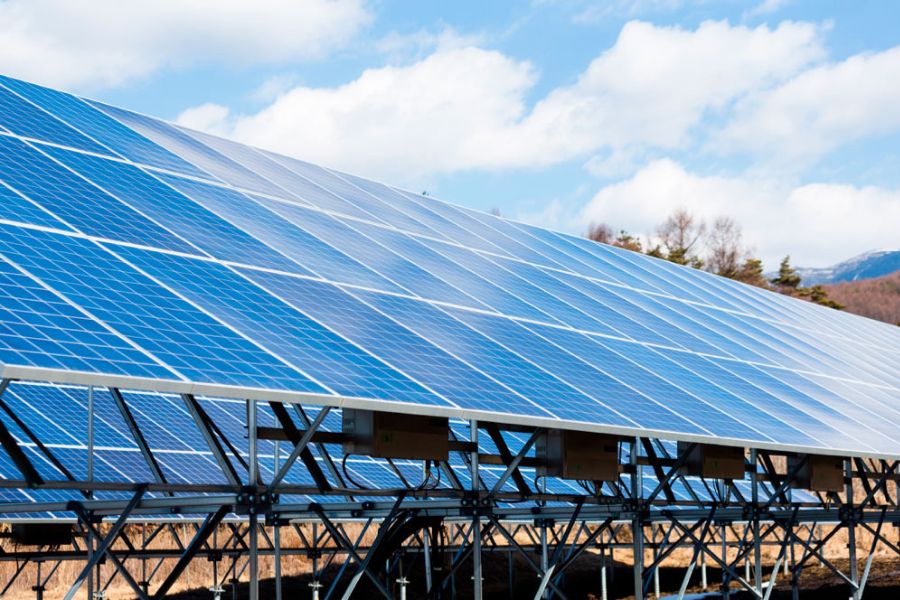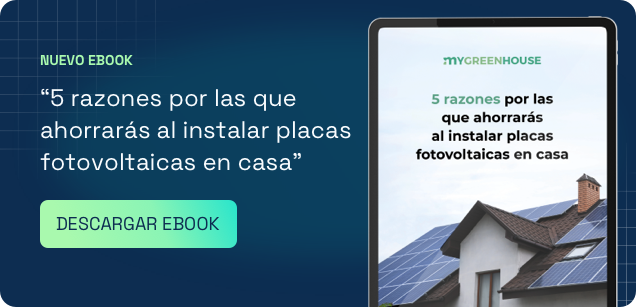What is photovoltaic energy? In order for you to understand what we mean by this term, here at MYGREENHOUSE we are going to tell you all about it. So, let’s start from the beginning!
Throughout history, human beings have made use of all kinds of natural resources and technology in order to obtain energy.
Until a few years ago, practically all countries, especially the industrialised ones, based their energy consumption on fossil fuels such as coal, oil, natural gas, or nuclear energy.
However, this has brought about some problems, both for the present and the future. In the first place, it’s quite clear that these resources are finite and are being constantly depleted. Secondly, many gases are generated when transforming fossil fuels into energy, and these are one of the main sources of air pollution, thus contributing to the so-called greenhouse effect.
This gravity of this situation shows just how important it is for us to focus on renewable energy sources such as the sun, which has given rise to solar energies – those that use solar radiation to produce energy.
Types of solar energy
The demand for solar energy is continually increasing and this is expected to increase exponentially. Its possibilities and benefits are many, especially in countries like Spain, which enjoys almost 300 days of sunshine a year.
The different types of solar energy are:
- Solar thermal energy. This harnesses the energy from the sun’s rays and transforms it into thermal energy, i.e. heat that can heat a fluid and be used to provide hot water and heating.
- Photovoltaic energy. This transforms solar radiation into electricity thanks to the “photoelectric effect” of photovoltaic panels.
- Passive solar energy. In this case, we are not talking about energy as such, but, rather, about a complementary system that can take advantage of the sun’s energy. It does so in bioclimatic constructions, without using any form of external installation or other resources.

Photovoltaic energy and the “photoelectric effect”
The most widely used form of solar energy is photovoltaics, which uses the so-called “photoelectric effect”. In this process, certain materials absorb photons (light particles from the sun) and release electrons, thus generating a continuous electric current.
The photovoltaic effect was discovered by the Frenchman Alexandre Edmond Bequerel in 1838, who was experimenting with an electrolytic battery with platinum electrodes. He noticed that the current rose in one of the electrodes if it was exposed to the sun.
In order to generate photovoltaic energy, semiconductor devices called photovoltaic cells are used. These cells are composed of crystalline silicon and phosphorus, two semiconductor materials that are ionised by the sun’s rays and subsequently release electrons. The former are made in bulk from several crystals and the latter have a disordered crystalline lattice.
Photovoltaic cells are not used individually: they are connected together so as to form modules. These modules become the basic building blocks that make up solar panels, and these, in turn, form part of photovoltaic systems.
What is a photovoltaic system? Its components and how it works
A photovoltaic system involves the integration of several components in such a way as to be able to convert solar radiation into electrical energy.
Some PV systems are connected to the electricity grid, while others are stand-alone (PV power stations and self-consumption systems).
The elements of PV systems are:
- Photovoltaic panels. As we mentioned earlier, their function is to transform light (photons) into electrical energy (electrons).
- Battery banks. These store all the energy produced by the panels that is not needed at the time – ready to be used whenever needed in the future.
- Solar charge controllers. Sometimes called battery regulators, these devices ensure that the batteries don’t overcharge, and also prevent inefficient use of the batteries.
- PV inverters. Also called solar inverters, these convert the variable direct current (DC) produced by the photovoltaic panel into alternating current (AC), suitable for use as electricity.
In summary, the process of transforming solar radiation into electricity is as follows: sunlight (composed of photons) strikes the photovoltaic cells of the panel, creating a field of electricity. This then generates an electrical circuit: the more intense the sunlight, the greater the flow of electricity. The inverter then transforms the direct current into alternating current with the same characteristics as the electricity on the National Grid.
Some components differ, depending on whether the PV system is connected to the grid or not.
For example, many self-consumption generators do not have batteries; on the other hand, in grid-connected photovoltaic systems, you will need to use transformers to raise the alternating current generated by the inverters from low voltage (380-800 V) to medium voltage (up to 36 kV).
In addition to this, photovoltaic installations are mounted on special support structures, as well as having different safety and protection elements.

Photovoltaic energy: the best option for your home or business
Photovoltaic energy is cheap, freely available, and does not emit waste or CO2; for that reason, it is considered renewable, safe, clean, and environmentally friendly. In addition to this, experts estimate that the useful life of each photovoltaic module will be around 30 years, and that, even after 25 years, its yield will still be over 80%.
This is why increasingly more people are considering installing photovoltaic panels in their homes or businesses, an investment that will generate energy for many years to come, and whose return on investment is guaranteed.
Our dream is to make an energy model based on clean energies a reality, creating truly green homes. And what about you? Do you share this dream?


